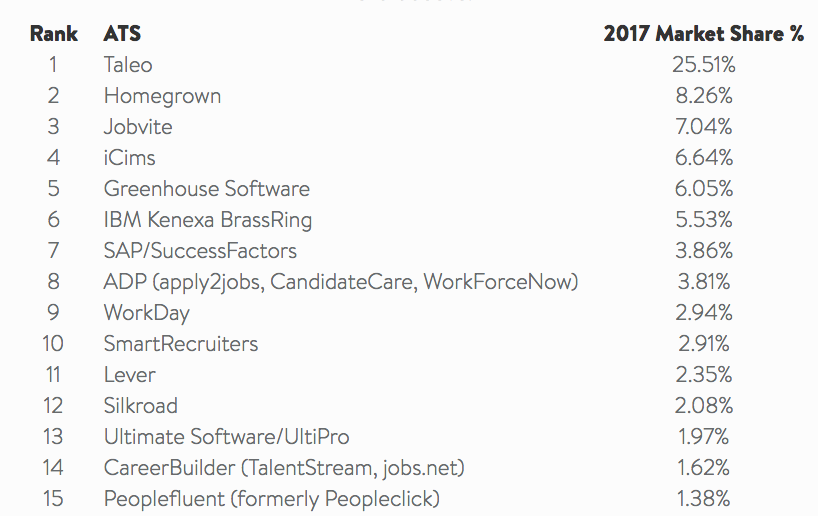Hey gang!
I’m on the road this week at the Greenhouse OPEN. What’s Greenhouse? It’s one of the top ATSs on the planet – but you already know that if you read my blog!
The Greenhouse OPEN is basically their user conference, where Greenhouse users and those considering using Greenhouse come together as Talent Acquisition Pros and Leaders to experience great recruiting related content from a corporate TA point of view.
I love attending conferences with great TA content, and Greenhouse has done a really great job growing this conference to 1,000 participants. You know it’s good TA content when it doesn’t matter if you use Greenhouse or not, to get a ton out of the sessions.
Also, being that Greenhouse is designed for corporate TA, and not having third-party recruiters in the room, you really get a ton of great sharing and conversation taking place between attendees.
Here’s some cool stuff I learned:
– Some organizations are using very specific, un-produced video, to source candidates! How? Instead of sending a candidate a blind email or text, the recruiter takes their iPhone and records a quick video to the specific person they want and sends them the link to watch. “Hey Tim, I found you and want to talk to you about…Here’s why you would be great…Etc.” The response rate from the organization using this is super high, as you can imagine.
– Organizations are worried about Recruiter Experience! You know what, you do not want your hiring process to suck for candidates. We all get that 100%! But, what about your recruiters? Does it suck to work as a recruiter in your environment? If it does, that might be worse for your organization in attracting talent, then if your CX sucks. We tend not to even give this concept of Recruiter Experience any thought at all, but we should!
– Across all industries, text response rates from candidates are running 70%-ish, in all kinds of roles from hourly to salaried, tech to healthcare. Texting candidates keep coming up as either something organizations can’t live without, or something they are not using, and don’t want to use. I find this really strange, as it seems like it’s a form of communication that everyone is using. Being able to have etiquette and rules of engagement are important.
– Not all employee referrals are created equal. Great employees are more likely to refer great referrals. Bad employees are more likely to refer bad employees. You don’t want bad referrals, so it’s best to have a program that allows you to segment and know who is providing you with your best referrals. Manually, this is difficult, but with technology like Greenhouse and Teamable, you can start to get a real sense of who should be referring more in your environment.
I’m going to keep advocating that you find ways to spend more time with other TA pros and leaders. We learn from each other when we are in safe, and encouraging environments to share. Does that have to be at a conference in New York? Nope. It’s great if you get the chance, but you can also start or find local outlets for groups of peers to get together.
I love that Greenhouse and others are showing the industry the way, and I thank them for bringing so many great and giving TA pros together. Such a powerful way to learn and develop as a professional!

